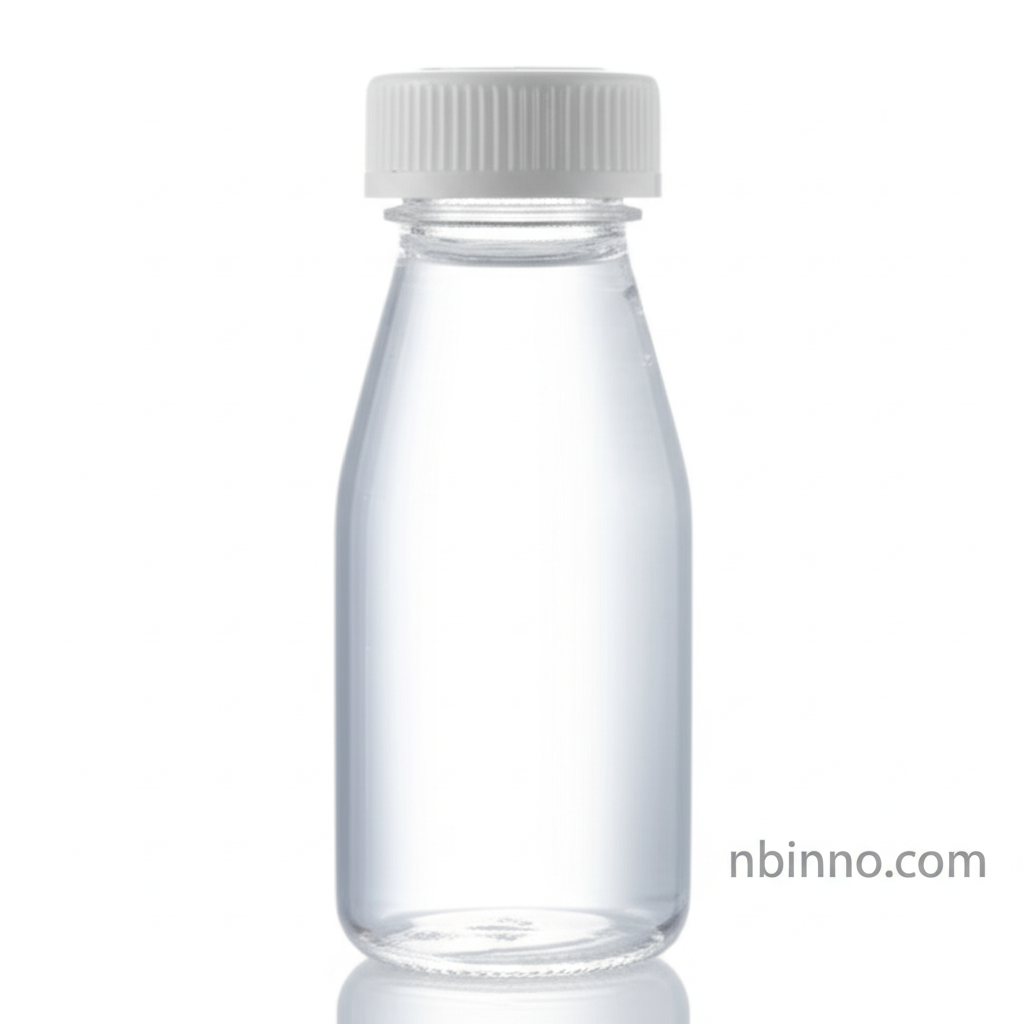N,N'-Dimethylethylenediamine: A Key Chemical Intermediate
Explore the diverse applications and benefits of N,N'-Dimethylethylenediamine (CAS 110-70-3) in modern chemistry.
Get a Quote & SampleProduct Core Value

N,N'-Dimethylethylenediamine
N,N'-Dimethylethylenediamine, identified by CAS number 110-70-3, is a highly versatile bifunctional aliphatic diamine. Its unique structure, featuring both a primary and a tertiary amine group, makes it an indispensable component in numerous chemical processes. Its reactivity and chelating properties are central to its broad utility across various sectors.
- Ligand in Transition Metal Catalysis: N,N'-Dimethylethylenediamine serves as an effective bidentate ligand in catalytic systems, notably in copper- and palladium-catalyzed cross-coupling reactions like Ullmann-type C-N, C-O, and C-S bond formations, as well as Sonogashira and Buchwald-Hartwig reactions. It enhances catalytic efficiency by stabilizing metal complexes and improving reaction selectivity, contributing to advanced organic synthesis.
- Organic Synthesis Intermediate: This compound is a critical building block for a wide array of organic molecules. It is extensively used in the production of pharmaceuticals, agrochemicals, and corrosion inhibitors. The dual amino groups allow for selective functionalization through N-alkylation and acylation, facilitating complex molecular construction for pharmaceutical intermediate synthesis.
- Polymer and Resin Chemistry: In the realm of material science, N,N'-Dimethylethylenediamine finds application in the manufacturing of polymers and resins. It functions effectively as a chain extender or crosslinker in polyamides and polyureas, and as a curing agent in epoxy resins, contributing to enhanced material properties in polymer applications.
- Corrosion Inhibitors: Due to its ability to form stable chelates with metal ions, DMEDA is utilized in formulations designed to protect metal surfaces from degradation. This makes it valuable in applications such as cooling water systems and metal processing fluids, serving as an effective corrosion inhibitor.
Key Advantages of N,N'-Dimethylethylenediamine
Versatile Reactivity
The presence of both primary and tertiary amine groups in N,N'-Dimethylethylenediamine provides a diverse range of chemical modification possibilities, making it suitable for both nucleophilic substitution and complexation reactions, crucial for advanced organic synthesis.
Effective Ligand Properties
As a ligand, DMEDA forms stable coordination complexes with various metal ions. This characteristic significantly improves reaction rates and selectivity in transition metal-catalyzed processes, a key benefit in catalysis applications.
Broad Solubility Profile
N,N'-Dimethylethylenediamine exhibits excellent miscibility with both water and many organic solvents. This high solubility makes it adaptable for use in a wide spectrum of reactions, whether conducted in aqueous or organic phases, supporting its role in pharmaceutical intermediate production.
Key Applications
Pharmaceutical Synthesis
Used as a vital intermediate in the synthesis of various active pharmaceutical ingredients (APIs) and drug compounds, contributing to the development of new therapeutics and improving existing ones, a core aspect of its use in pharmaceutical intermediate production.
Coordination Chemistry & Catalysis
Functions as a crucial ligand in transition metal catalysis, enhancing the efficiency and selectivity of reactions essential for modern chemical synthesis, directly impacting advances in catalysis applications.
Polymer Manufacturing
Incorporated into polymers and resins as a crosslinker or chain extender, improving the mechanical properties and performance of materials used in various industrial products, highlighting its role in polymer applications.
Industrial Formulations
Applied as a corrosion inhibitor in industrial systems by forming protective films on metal surfaces, ensuring the longevity and integrity of equipment, a key function as an effective corrosion inhibitor.
